Pleistocene Park, the film: A Q&A with director Luke Griswold-Tergis
A new documentary on the famous Siberian rewilding initiative shows the people behind the project – and the challenges facing their ambitions.
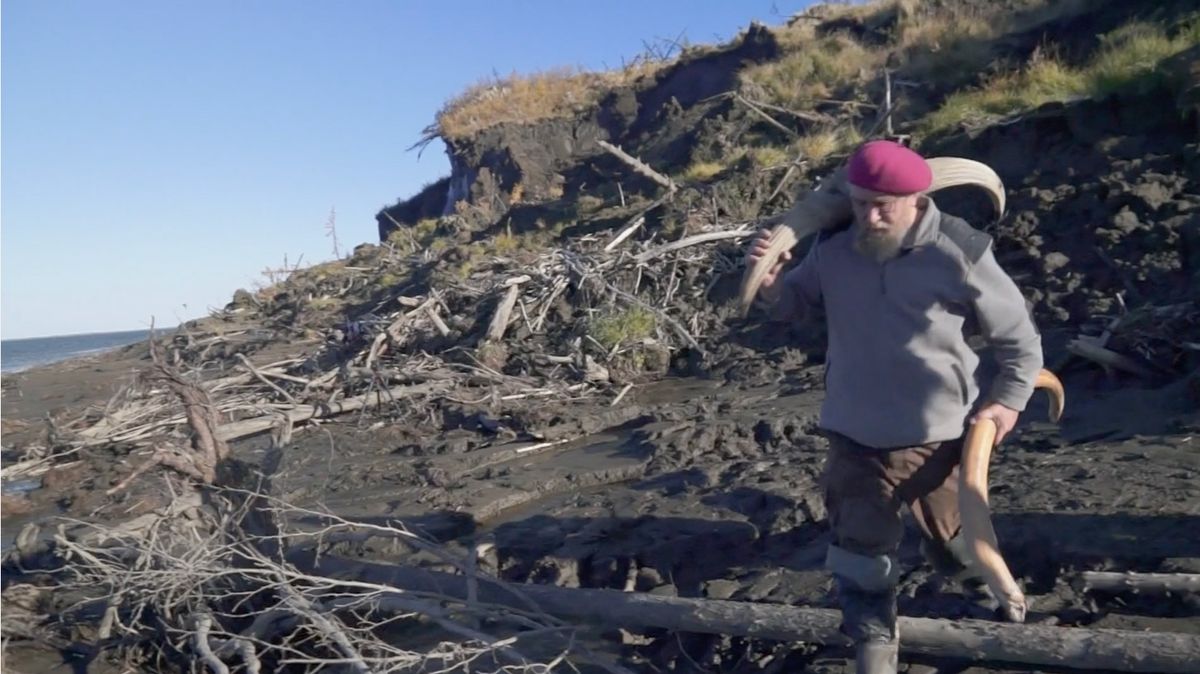
If you're interested in rewilding, you've probably heard about Pleistocene Park. The Siberian initiative, led by Arctic ecologist Sergey Zimov and his son Nikita, aims to bring herbivores to the region to recreate grazing ecosystems last seen during the last ice age, before humans showed up to hunt. The result, should all go to plan? Keeping permafrost frozen, reflecting more sun and storing more carbon to help mitigate climate change and avoid catastrophic global warming. (Their Twitter bio? "An Ice Age Ecosystem To Save The World.")
Sounds impressive, but it's a tall order – and the science is still being tested. And then there's the question of what things really look like on the (boggy) ground. Which is where Luke Griswold-Tergis comes in. The director got intrigued by Pleistocene Park and spent years documenting the Zimovs and their work – plus pitching in where needed.
I caught a screening of the film at Toronto's Hot Docs film festival and wanted to know more about its background, so I caught up with Griswold-Tergis via email to ask a few questions and find out how others can watch. Here's what he told me.
Rewilding: Can you describe the land where Pleistocene Park is located? What's it like being there?
Luke Griswold-Tergis: Pleistocene Park is in the north-east corner of the Sakha Republic, an Indigenous republic in Siberia. It’s really huge, like the size of Western Europe but with under a million people, most of whom live in the capital city of Yakutsk. To get to the park you fly from Yakutsk to Cherski, a four-and-a-half-hour flight in a propeller plane. The Zimovs have a big research station on the edge of Cherski. From there to the park is another hour by speed boat in the summer or snow machine in winter.
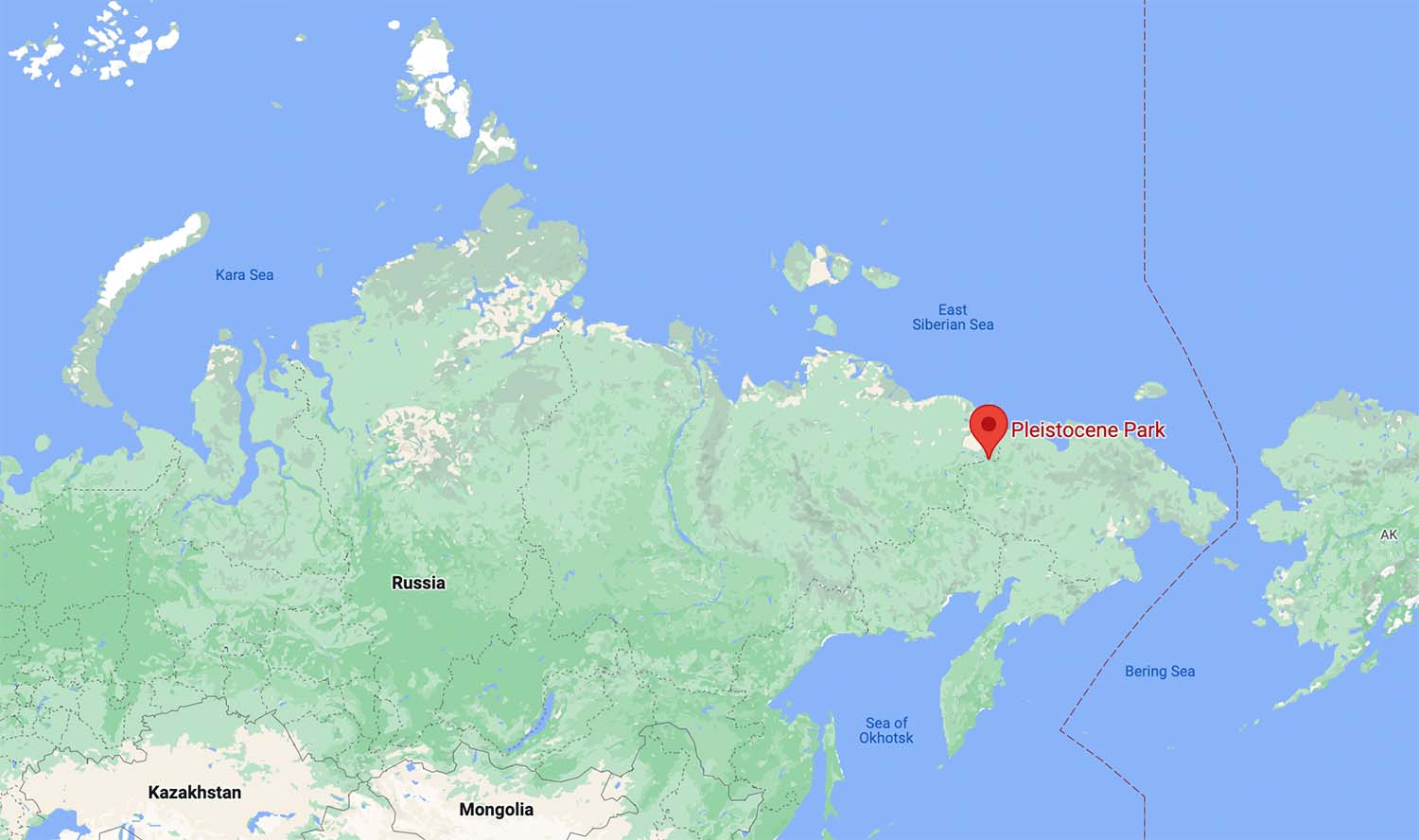
Looking at the area from the air, it’s just covered with lakes and meandering river channels. Mosquito paradise. On the ground you walk and it feels like you are walking on a wet mattress. The park basically has two areas: a lowland flood plain, which is a mix of grass and willow shrub, and Yedoma uplands, which are a mix of larch forest and shrubby tundra. The upland is dotted with thaw lakes where the carbon- and ice-rich soil is collapsing. These lakes produce a lot of methane and they are growing because of climate change.
R: How much time in total did you end up spending with the Zimovs?
LG: I visited them for seven consecutive years, from 2013 to 2019. Each time I was there for between one and two months. I also did two very long trips with Nikita transporting animals to Pleistocene Park, one from central Siberia and one from Europe.
R: How did your understanding of wildness and wilderness evolve while working on this film?
LG: Zimov’s hypothesis that human hunters at the end of the last ice age, by overhunting, not only drove species like the mammoth extinct, but also triggered an ecological phase shift of the largest terrestrial ecosystem on earth from a grassland to modern mossy tundra and taiga, really pushes back the beginning of the Anthropocene. Siberia is strange because it is so vast and incredibly remote, but you see very few wild animals. This is because, even though there is a tiny human population, continuous hunting pressure keeps suppressed animal populations from rebounding.
Wilderness is a tricky word. Even these incredibly remote places have seen, and continue to see, a huge human impact. And then you start thinking about climate change.
European bison in Pleistocene Park.
— Pleistocene Park (@PleistocenePark) April 27, 2022
Photo taken in March 2020.
Photo by Alexander Fedorov. pic.twitter.com/MZBgrL1O8d
R: Are there any interesting stories that were left on the cutting room floor?
LG: Oh, yeah. So many. Don’t know where to start.
Zimov started a second park on abandoned farmland in a temperate area south of Moscow. It doesn’t test the effects on permafrost but it does demonstrate one of his broader hypotheses: that grassland ecosystems and herbivores are interdependent. Zimov likes to say that all fertile grasslands in the world have been converted to agriculture, but these “bread basket” areas would have had the highest density of wild animals because they are the most productive – the same reason they are so attractive to humans. He really advocates for establishing parks in places that are now occupied by agriculture, at least somewhere, just so we can see what these places would have looked like before humans dominated them.
I really wanted to include a more detailed technical explanation of Zimov’s theories. For the nerd in me it’s really fascinating and we had to leave a lot out. But there just wasn’t space in the film.
R: You circumnavigated much of the globe while making this film. Did it make the world seem bigger or smaller?
LG: A bit of both. I’ve now crossed Eurasia overland going a few different directions. It’s amazing that you can actually travel halfway around the planet by driving. And shovelling buffalo shit.
Pleistocene Park has WON the SPECIAL MENTION award at Cinemambiente Festival in Torino! Congratulations to everyone who worked so hard on this Documentary. @Cinemambiente @Lukegrstrg @PleistocenePark #documentary #ClimateEmergency #rewilding #GlobalWarming pic.twitter.com/xidkAckU9J
— Java Films (@java_films) June 15, 2022
R: How can people around the world watch this film?
LG: We just sold worldwide rights to Vice Media so they will be broadcasting and streaming it I think starting in fall of this year or early next year.
We are also working on a deal with an educational distributor. So if you want to borrow it from your local library, contact the library and request they acquire it. Same thing if you are associated with a university or school. We are also planning some screenings at community organizations and science museums and the like. If you know a good venue, encourage them to contact us about booking the film.
R: Why do you think it’s important to tell stories like this?
LG: I think a lot of people tune out stories about climate change because they feel like they have already heard them. Because this story is so different, it helps us think of the issue again and from a different angle. It’s engaging. Intellectually it provides a case study to think about “wilderness" and the “Anthropocene” and these kind of issues.
To me, there is something really optimistic about this film. It’s uncertain whether the idea will work, it’s uncertain whether they can pull it off, and even then, it will only address a portion of climate change. But the effort is heroic and it shows that if one family in the middle of the Siberian wilderness is doing this, we can start doing something about climate change.



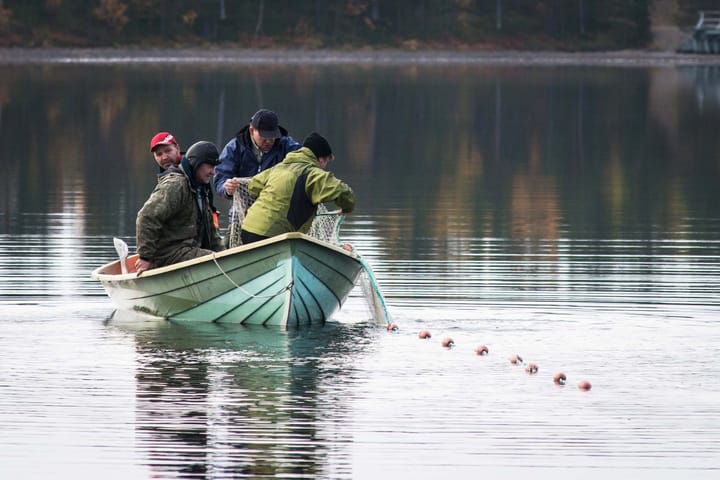


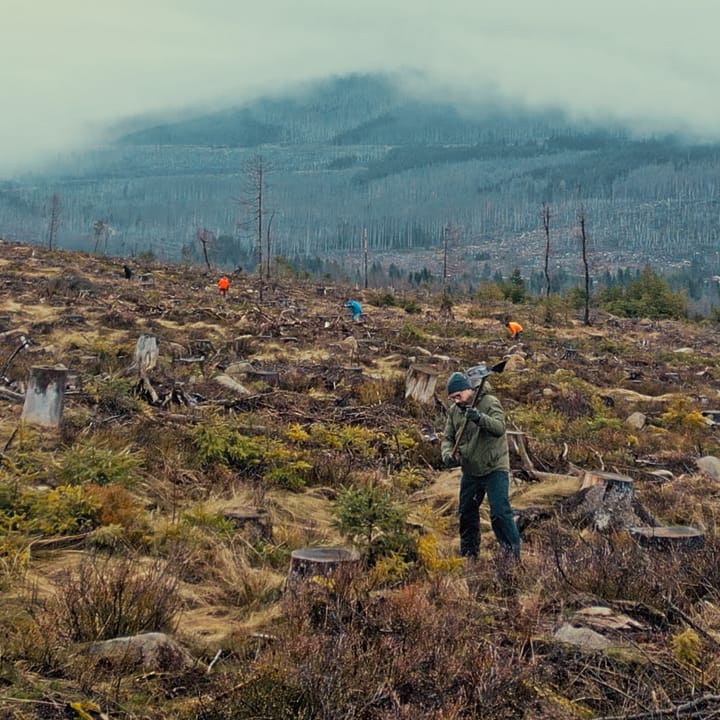
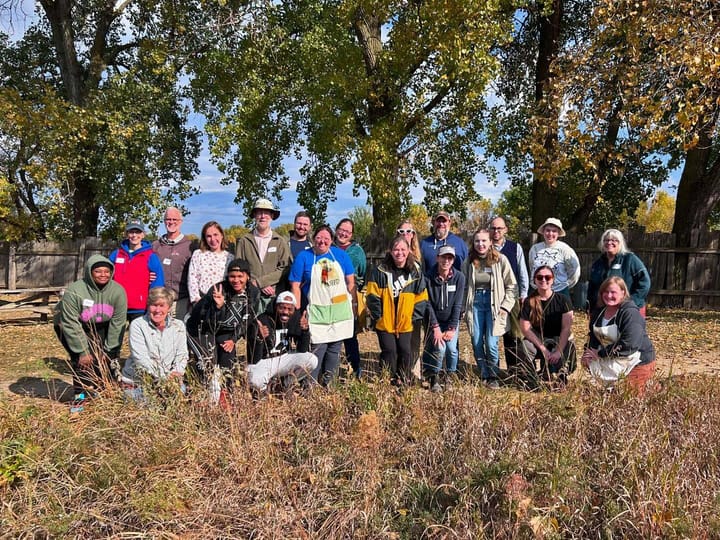
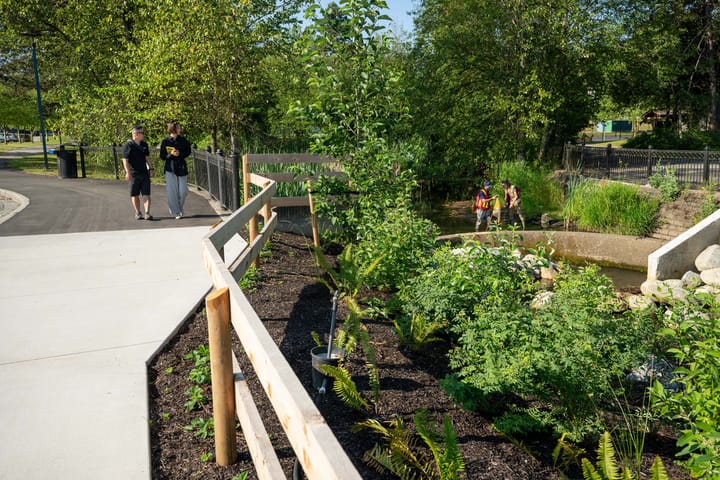
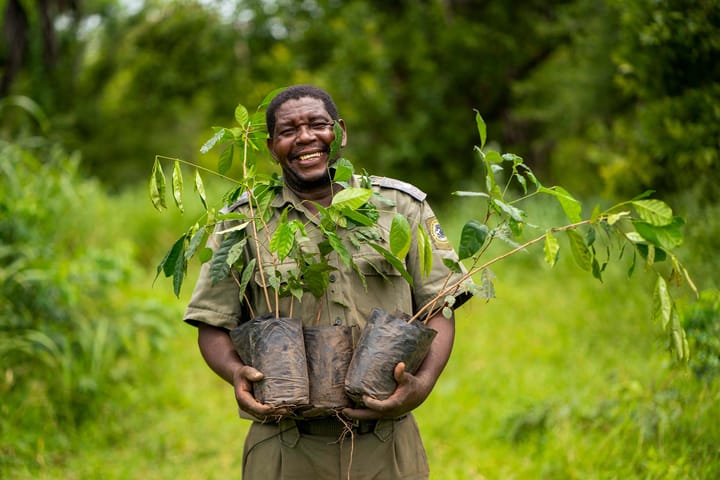
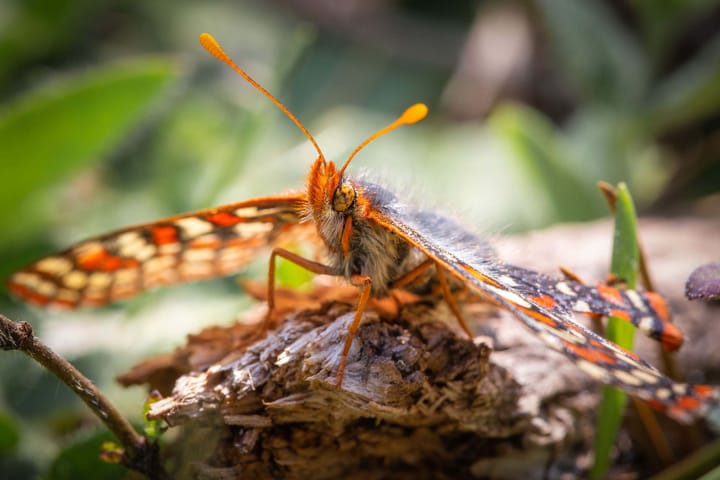
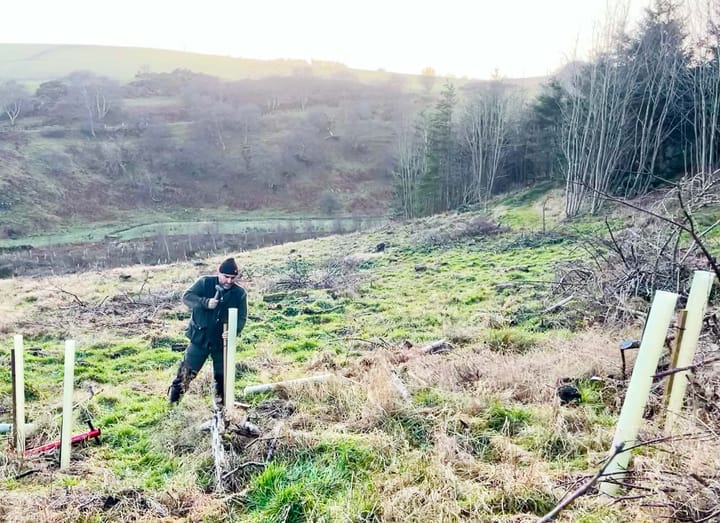
Comments ()